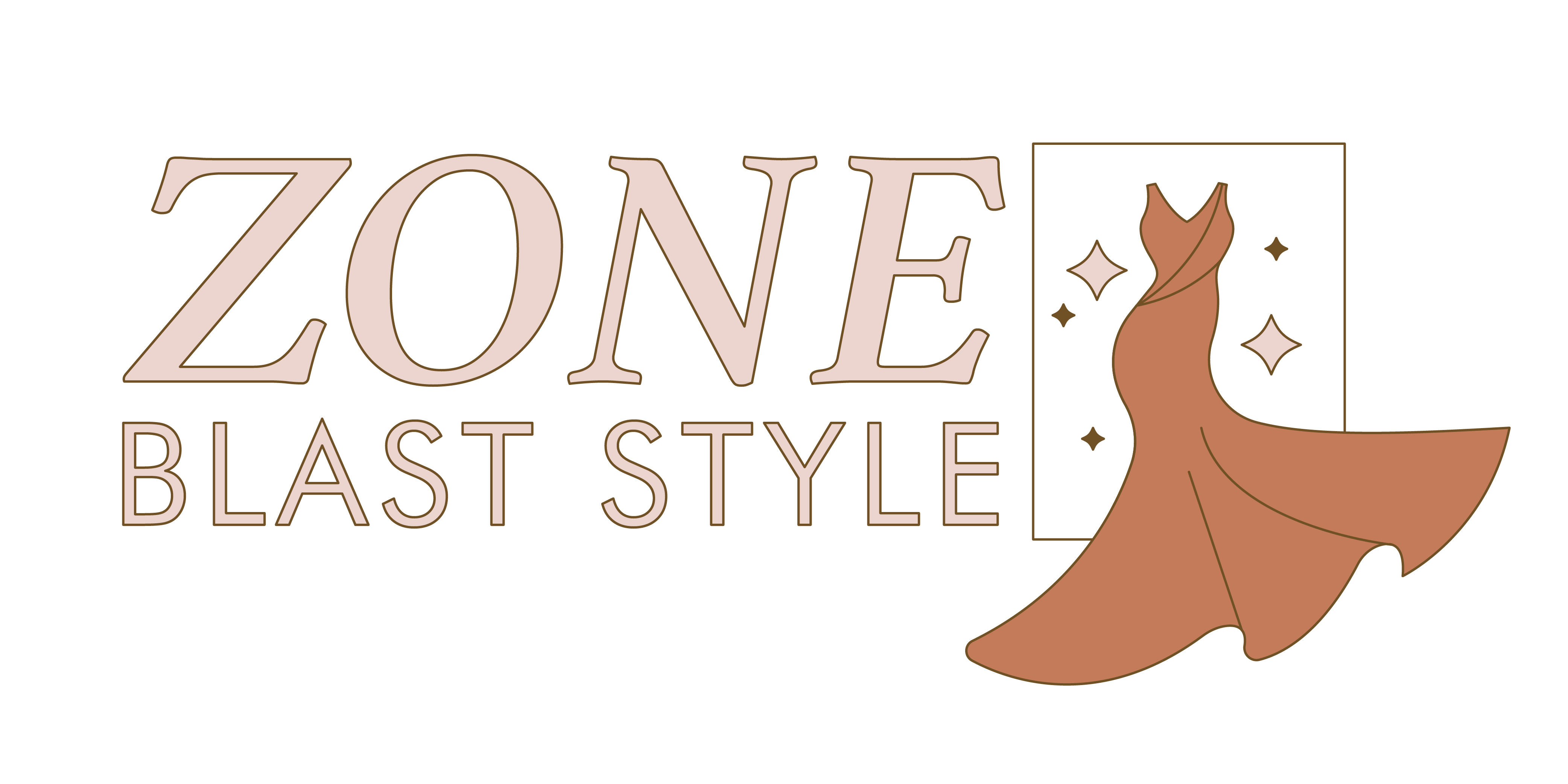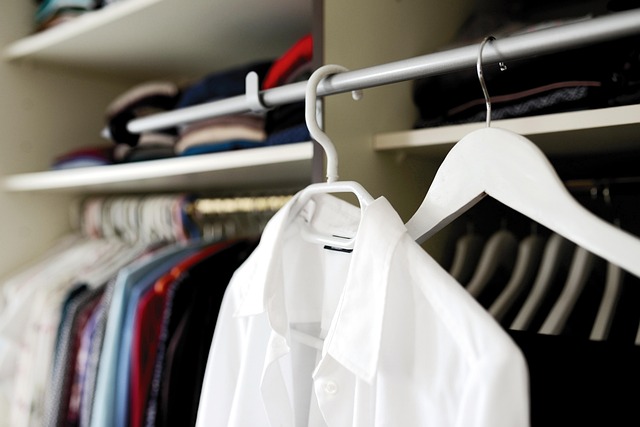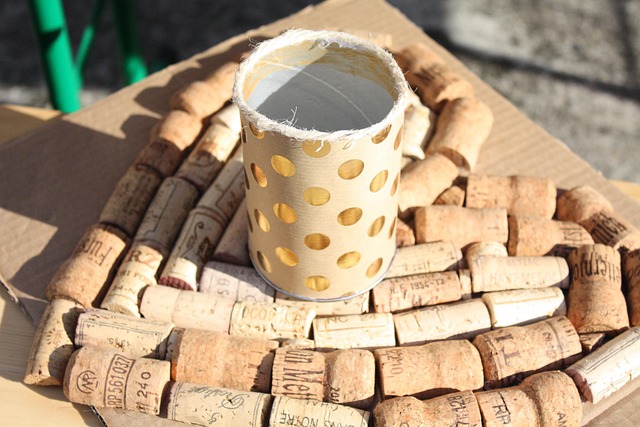Why Sustainable Fashion Matters
Fast fashion might feel like a bargain. A $10 shirt, next-day shipping, a dopamine hit of something new. But the price tag hides everything it took to get that shirt on your doorstep: exploited labor, polluted rivers, mountains of textile waste, and a supply chain running on borrowed time.
The fashion industry is one of the top global polluters, right up there with oil and agriculture. It’s responsible for around 10% of global carbon emissions and consumes vast amounts of water and energy. That bargain shirt? It likely took hundreds of gallons of water to produce, and it’ll sit in a landfill for decades if it doesn’t disintegrate in your third wash cycle.
Then there’s the human cost. Sweatshops haven’t disappeared—they’ve rebranded behind fast-paced trends and offshore factories with little oversight. Workers, often women and children, punch long hours for pitiful pay in unsafe conditions, all so retailers can churn through trends without blinking.
But things are shifting. Conscious wardrobes are becoming less fringe and more mainstream. People want to know who made their clothes, where they came from, and what impact their purchases have. Consumers aren’t just shopping—they’re voting with their wallets. It’s no longer about having more clothes, it’s about having better ones, built to last and produced with purpose.
This is why sustainable fashion matters. It’s not about being perfect. It’s about paying attention.
Step 1: Audit What You Already Own
Before you buy anything new, open your closet. All of it—the back corners, the off-season bins, even that chair everyone throws clothes on. Start sorting. Make three piles: what you wear often, what you haven’t touched in six months, and what you forgot you even owned.
This exercise isn’t about getting rid of everything. It’s about noticing patterns. Do you keep reaching for the same five outfits? That’s the real wardrobe. The rest? It’s clutter, mental weight, and wasted space.
Sustainable style starts with using what you already have. When you strip down to the essentials, you unlock a surprising perk: clarity. Fewer choices, better combinations, more intention. You don’t need more clothes—you need to use the right ones more.
This isn’t minimalism for the sake of aesthetics. It’s cutting the excess so you can focus on function, feel, and fit. Once you know what stays and what goes, you’re ready to build up with purpose.
Step 2: Learn to Spot Quality
Building a sustainable wardrobe isn’t just about buying less—it’s about buying smarter. Recognizing high-quality clothing ensures your pieces last longer, look better, and reduce waste over time.
What Makes a Garment Durable?
Durability starts with both fabric and construction. Before you commit to a new item, take a minute to examine its material and build quality.
- Fabrics to look for:
- Natural fibers like cotton, linen, wool, and silk typically wear better over time
- Blends that include a small amount of elastane or spandex can add flexibility without sacrificing longevity
- Avoid overly synthetic fabrics (like 100% polyester) which tend to pill and degrade faster
- Construction cues:
- Check the seams—strong, even stitching means the garment will hold up
- Tug gently at stress points (like underarms or buttons) to see if stitching looks solid
- Inspect internal finishes: well-sewn linings, reinforced hems, and clean edges signal better craftsmanship
Why Natural Fibers Age Gracefully
Natural fibers not only breathe better but also develop character with age. Unlike synthetic materials that break down or lose shape, fibers like cotton and wool tend to soften and mold to your body over time.
Benefits of natural fabrics:
- Greater breathability = enhanced comfort
- Less prone to retain odor
- Easy to repair or even repurpose
- Lower impact on the environment at the end of their life cycle
Check the Labels Before You Buy
To become a smarter shopper, make a habit of checking labels inside the garment. These small details tell a big story.
Look for:
- Fabric composition: The more info, the better for gauging quality
- Country of origin: Doesn’t guarantee ethics, but can hint at craftsmanship traditions
- Care instructions: A garment that requires gentler care may also be one built to last—if maintained properly
Taking the time to inspect an item up front can save you from wasteful purchases and help you build a wardrobe that truly lasts.
Step 3: Buy Less, Choose Better
Impulse buys feel good for about five minutes. But they clutter your wardrobe, waste resources, and usually end up in a donation bin—or the trash—not long after. This cycle of overconsumption is one of the biggest enemies of sustainable fashion. When you buy without intention, you’re feeding a system built on waste.
The antidote? A core wardrobe made of interchangeable pieces. Think a few tees that work with every pair of pants. One jacket that layers over almost anything. Clothes that play well together, no matter the season. You don’t need 30 outfits—you need 10 pieces that create 30 looks.
Timeless style beats trends every time. Trends expire. Quality basics endure. You won’t wake up one day and feel embarrassed wearing a well-made white shirt. But a neon crop top that screamed 2022? Good luck. Stick to cuts, colors, and fabrics that feel like you—not just what’s hot this quarter.
Buying better is a filter. It slows you down. Makes you ask, “Will I wear this in a year?” If the answer is no, don’t hand over your card.
Step 4: Shop Secondhand First
Before you hit “add to cart” on something brand new, take a look at what already exists. Thrift stores, consignment shops, and online resale platforms like Depop, Poshmark, and The RealReal are packed with quality clothing, often barely worn. The key isn’t to treat these places like last resorts—it’s to see them as treasure troves.
To save time and frustration, go in with a list of what you need. Know your measurements. Scan items for stains, broken zippers, or over-washed fabric. If you’re shopping online, use filters obsessively—set alerts for favorite brands or styles and know your return policy.
The bonus? Buying secondhand keeps clothes in circulation and out of landfills. It slows the demand for fast fashion and reduces the massive resource load tied to producing new garments. It’s the simplest way to lower your fashion footprint—without sacrificing style.
Pre-loved doesn’t mean outdated. It means smart, selective, and conscious.
Step 5: Support Ethical Brands
Not every brand waving the “eco” flag is walking the talk. Sustainability isn’t just about slapping a green logo on a tag—it’s about transparency, ethics, and long-term environmental decisions baked into the brand’s DNA.
Truly sustainable brands focus on responsible sourcing, fair labor, low-impact materials, and circular design. They don’t just produce less waste; they ask harder questions about where materials come from, who’s making the clothes, and what happens to them when they’re worn out.
Certifications help cut through the buzzwords. Look for:
- Fair Trade Certified: Ensures fair wages and safe conditions for workers.
- GOTS (Global Organic Textile Standard): Strict criteria from growing fibers to finished threads.
- B Corp Certification: Measures a company’s social and environmental performance across the board.
- OEKO-TEX: Checks fabrics for harmful chemicals and substances.
These aren’t perfect, but they’re a strong starting point.
Ready to take it further? See our curated list of brands walking the sustainable walk: Top Sustainable Fashion Brands to Support
Step 6: Care for Your Clothes the Right Way
Sustainability isn’t just about what you buy—it’s also how you take care of it. Most clothes die early deaths not because they’re poorly made, but because they’re poorly maintained. The fix starts in your laundry room. Wash on cold, skip the dryer whenever possible, and steer clear of harsh detergents. Less heat, less friction, less damage—your garments will thank you by lasting longer.
Know the difference between when to repair and when to recycle. A missing button? Easy fix. Small hole in a seam? Ten-minute job. If the fabric itself is shot, or if a piece no longer serves you, then it’s time to recycle—responsibly. Textile recycling programs, donation centers, or fabric-specific collection points are all better options than your trash bin.
Equip your wardrobe with a few tools: a basic sewing kit, a fabric shaver to de-pill your knits, a good steamer, and maybe even a gentle wash bag for your delicates. These aren’t fancy extras—they’re essentials for keeping clothes in the game.
In the end, sustainable style isn’t about owning the right things—it’s about valuing the things you own.
Step 7: Mindset Overhaul
Building a sustainable wardrobe isn’t just about better shopping choices—it’s about changing your relationship with fashion altogether. Instead of defaulting to buyer mode, start thinking like a curator. Curation means you’re deliberate. You choose pieces that add value, serve a purpose, and align with your personal aesthetic. It’s not about having more. It’s about having enough—and making it count.
To do this well, you’ll have to break up with fashion FOMO. Trends will come and go on TikTok and in micro-seasons no one can keep up with. Resist the urge to chase them. Instead, focus on clarity: what looks good on you, what feels like you, and what you know you’ll wear again and again. That’s how you build real style—quietly, over time.
Confidence doesn’t come from a quick haul. It comes from knowing your wardrobe works hard for you and actually reflects who you are. That kind of style lasts longer than any season. It’s sustainable in every sense of the word.
Final Thoughts
Sustainable fashion isn’t about being flawless—it’s about being intentional. You don’t have to throw out half your closet or commit to never buying new again. Progress happens in small steps: choosing resale before retail, mending a rip instead of replacing, asking where and how something was made before hitting checkout.
The truth is, sustainability looks different for everyone. Some people swap fast fashion for thrift finds. Others invest in fewer, higher-quality pieces. Either way, you’re building toward the same goal: a wardrobe that reflects not just your style, but your values.
Take your time. Make it yours. Because how you dress is about more than how you look—it’s about what you stand for.


 Founder & Creative Director
Founder & Creative Director
